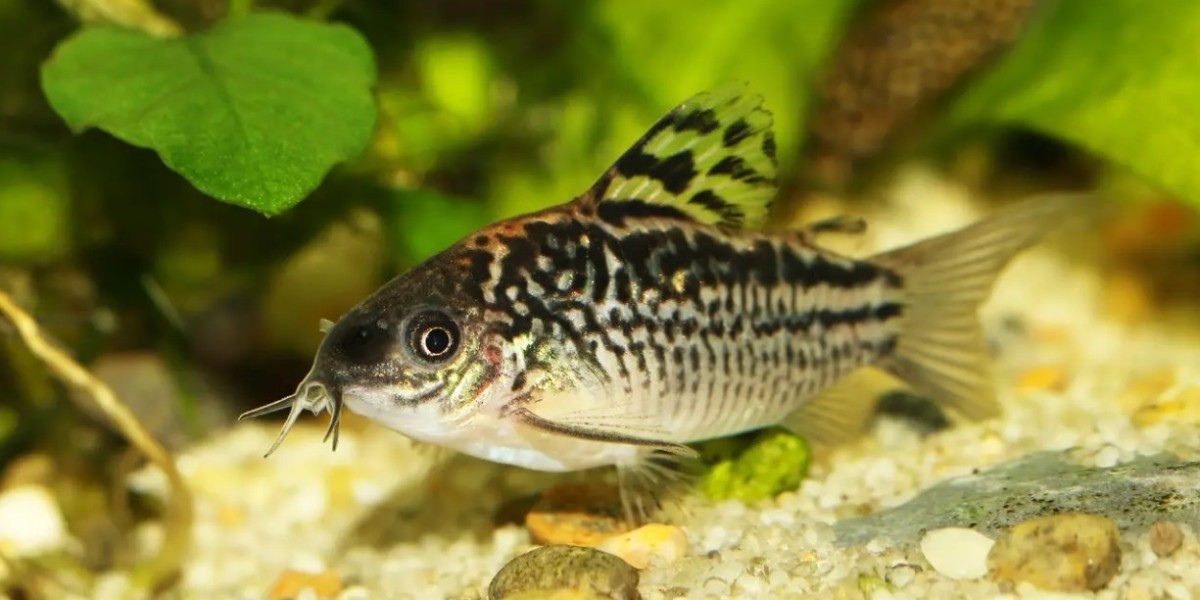Corydoras catfish, affectionately known as “Corys,” are some of the most charming freshwater fish for aquarium enthusiasts. Among the many varieties, the panda cory stands out with its distinctive black patches resembling a panda bear. These peaceful bottom dwellers are known not only for their playful behavior but also for their interesting breeding habits. For aquarists who wish to delve into fish breeding, observing and caring for panda cory eggs can be a rewarding journey. To get an in-depth understanding and complete care instructions, this panda cory eggs guide provides everything you need.
How Panda Cory Eggs Are Laid
Panda corys are egg-layers, and their breeding behavior is both unique and fascinating. The process typically begins with a courtship ritual where males chase the females around the tank in anticipation. Once a female is ready to lay eggs, she will produce a few at a time and deposit them on flat surfaces like plant leaves, aquarium glass, or decorations. These eggs are often sticky, allowing them to stay in place. Female panda corys may lay up to 100 eggs during a single spawning session, and the fertilization takes place externally, with males fertilizing the eggs after they’re laid.
Ideal Tank Conditions for Egg-Laying
Creating the right environment is crucial for successful spawning. Panda corys prefer cooler water temperatures ranging from 72 to 78 degrees Fahrenheit. A slight drop in temperature after a large water change often triggers spawning, mimicking the rainy season in their natural Amazonian habitat. Soft, slightly acidic water and a well-oxygenated tank with plenty of hiding spots also encourage breeding behavior. Subdued lighting and live plants contribute to a comfortable atmosphere where the fish feel safe to lay their eggs.
Recognizing and Protecting Panda Cory Eggs
Once the eggs are laid, you’ll notice tiny translucent spheres attached to various surfaces in the tank. These eggs will slowly turn an amber or tan color if they are fertile. However, aquarium conditions must be monitored closely because adult panda corys do not guard their eggs and may eat them if given the chance. To improve the survival rate of the fry, many aquarists transfer the eggs to a separate hatching tank. This precaution reduces the risk of predation and gives the fry a better start at life.
Caring for Eggs Until Hatching
The incubation period for panda cory eggs typically lasts between 3 to 5 days, depending on the water temperature. During this time, it’s important to maintain excellent water quality to prevent fungal infections, which are a common threat to unhatched eggs. Adding a few drops of methylene blue can help prevent fungal growth. A sponge filter in the hatching tank ensures gentle water flow and oxygenation without disturbing the delicate eggs. Observing the eggs closely during this period helps identify and remove any that turn white or fuzzy, as these are usually unfertilized or infected and can spread fungus to the healthy eggs.
What Happens After Hatching
When the eggs hatch, the tiny fry are extremely fragile and will feed off their yolk sacs for the first couple of days. They remain mostly still, absorbing nutrients and gaining strength. After the yolk sac is absorbed, it’s time to start feeding them with infusoria or commercial fry food specifically designed for small egg-laying fish. As they grow, baby brine shrimp can be introduced for better nutrition. Clean water and small, frequent meals are essential at this stage to ensure healthy development.
Challenges in Raising Panda Cory Fry
Although panda corys are relatively easy to breed, raising the fry to maturity is where the real challenge lies. These tiny creatures are sensitive to fluctuations in water quality, so it’s crucial to maintain a stable and clean environment. Frequent but gentle water changes, regular monitoring of ammonia and nitrite levels, and minimal stress are key components to success. Overfeeding can quickly foul the water and jeopardize the health of the fry, so careful feeding practices must be followed.
Growth and Development into Juveniles
Over the next few weeks, panda cory fry will begin to take on the signature black and white markings that give them their name. Their behavior will also become more recognizable as they start to exhibit the same scavenging habits as adult corys. Once they reach a size of about half an inch, they are typically large enough to be safely reintroduced to the main aquarium. However, make sure their tankmates are peaceful and that the environment suits their needs to avoid stress or injury.
The Joy of Breeding Panda Corys
There’s something incredibly fulfilling about watching a new generation of panda corys grow under your care. From observing their unique courtship to seeing the first signs of life in their eggs, each stage brings new insights into their behavior and biology. While it requires attention and patience, the process can be both educational and deeply satisfying for any aquarist.
Final Thoughts on Panda Cory Eggs
Whether you are a beginner or a seasoned hobbyist, breeding panda corys opens up a new dimension of fishkeeping. Understanding the nuances of egg care, water quality, and fry development is crucial for success. For more expert guidance and detailed information on caring for panda cory eggs, visit this panda cory eggs guide, which offers step-by-step tips to help you every step of the way.







